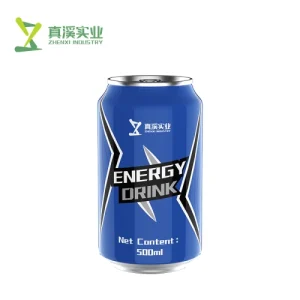Craft Beer: The brewing process is hugely intricate in which only the best ingredients find their way into each glass. It starts with the choice of malt, usually supplied by such specialist grain merchants. A typical upmarket craft beer would use malt ranging within certain criteria, e.g. color 20-30 Lovibond and protein content of 10-12%. This helps deliver a rich, malty tasting sweeet wort that has 97 percent fermentability.
The aroma, Hops (another must in beer) is the ingredient that gives bitterness. The hops the premium craft beers tend to use are more rare or unique hop varieties like Citra, Mosaic and El Dorado (as well as a lot of Australian varietals) that can range in price from $10-$25/lb compared to around $10 per lb for common figured used by everyone else. Because, well, the investment in high-quality hops impacts from lip to liver.
The quality of water also matters. Water chemistry is a large factor and something that breweries will- in fact, absolutely must - adjust to get the exact flavor they want. For example, the high sulfate content of Burton-on-Trent in England is an ingredient that can be found in pale ales because it accentuates hop bitterness. It is a water profile that some craft brewers now mimic their themselves to reach similar results.
MASHING: The process of first mixing the wort and hot water, to turn unfermented sugars into fermentable ones. The mash temperature is held in the range of 148-158 degrees Fahrenheit (64–70 degrees Celsius) to promote enzyme activity optimum. This process takes about an hour at HVB, while the brewer is constantly monitoring temperature and pH to make sure everything stays consistent.
After mashing, the wort (unfermented beer) is boiled and hops are added. During the boil - which lasts about 60 to 90 minutes - hops are added that sterilize the wort and release bittering compounds. Hop additions can be for bittering (early) or aroma/flavor (late). A double IPA might - for example and to continue with the point of hop utilization - contain a utilization rate in the range 30%~35%, culminating into assertive bitterness level between 70 ~100 IBUs (International Bitterness Units)

This is then followed by fermentation as yeast are added to turn the sugars into alcohol and carbon dioxide. For ales — the premium craft beers that are characterized by their strains of Saccharomyces cerevisiae, which starts fermenting around 60°F-72°F (15°C to 22°C), and produces fruity esters in addition. Fermentation times can range anywhere from 1 week to several weeks (and in some cases even longer for certain styles that may require extended conditioning/aging time during fermentation)
Secondary Fermentation or Aging - Before packaging, many premium craft beers experience an additional fermentation stage. An example would be barrel-aged beers that stream for 6 months to a year in oak barrels, taking on characteristics of the wood as well as from previous contents (bourbon or wine). This maturing process just creates depth and complexity, giving the beer so much character.
The quality control is paramount all through the brewing. Breweries regularly measure properties such as gravity (sugar content), pH, and microbial stability to confirm that it meets quality control specifications. For example, an award-winning brewery with a brewhouse efficiency of 85%, extracts 85% of the sugars in malt that every other brewer would only get between 50-80% yield.
But, premium craft beer also signifies an allegiance to skill and quality. Every single action from the ideal ingredients choice up to the precise brewing process adds to this beer's unique character; resulting in a truly exceptional taste. This commitment to quality is what separates a craft beer from the rest on shelves.
